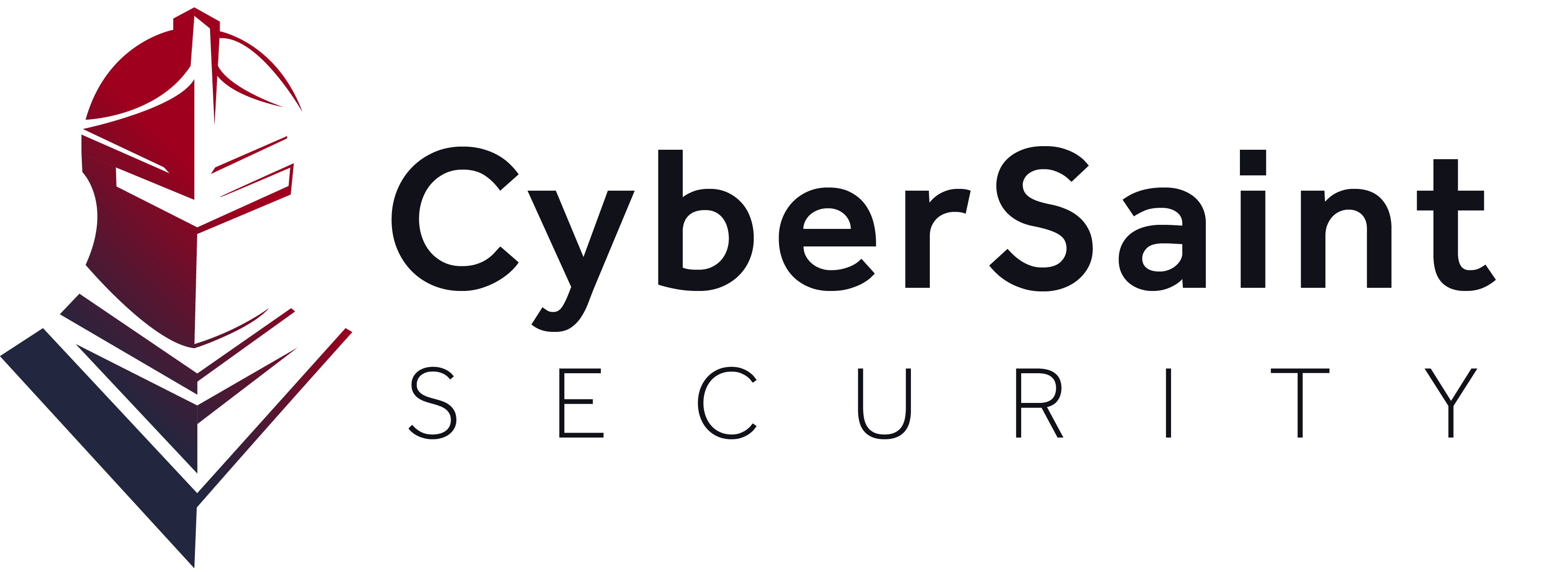With the rise of cyber attacks on both public and private enterprises, companies are putting more energy into protecting our information from threats. Due to the DFARS flow-down clause, prime contractors have to be compliant throughout their supply chains. Thus, prime contractors are beginning to send surveys to their supply chains and subs questioning their compliance.
Diving Into Compliance for Subcontractors
That’s exactly what the government proposed when announcing NIST SP 800-171 and DFARS, or Defense Acquisition Federal Regulation Supplement, as a regulation for any prime contractors or subcontractors that work with the Department of Defense. Prime contractors should not be risking the integrity of their supply chains. Efforts that contractors and their supply chains take to protect Covered Defense Information (CDI) or Controlled Unclassified Information (CUI), both physically and digitally, must be thorough. Thus, prime contractors are beginning to send surveys to their supply chains and subs, asking if they are DFARS compliant and if they have a plan of action around compliance.
If you have received questions about the regulation from your prime contractor, you are not alone. Many manufacturers and subcontractors are scrambling to figure out how to report back and keep their contracts. Assessing the risk of not complying with DFARS & NIST 800-171 is critical to deciding if it makes sense to allot your organization’s capital and resources toward compliance. Some manufacturers may decide that not enough of their revenue is generated from government contracts, and others may decide that they have enough cash flow through prime contractors or have an opportunity to grow their business in that area, that the risk of losing them is too great.
What are the risks of non-compliance? For starters, contract termination. The flow-down clause mentioned earlier requires every manufacturer who works with a prime contractor to report compliance, and if you are a subcontractor who reports non-compliance when your prime asks, your contract will likely be terminated, and your compliant competitors will fill that role. In short, subcontractor non-compliance causes prime contractor non-compliance as a whole, which is something primes will avoid in keeping their contracts. Another risk to consider is the price of reporting compliance when your organization is, in fact, not compliant. The last cause you want to be is that of legal detriment to your prime contractor.
Two Ways to Approach DFARS Compliance for Subcontractors
Taking the piecemeal approach may seem attractive at first, but that depends on your willingness to risk your business to the potential issues spoken about above. Piecemeal projects are almost always more expensive and time-consuming. You could task out controls to your team one by one, and try to pull together a methodology from your own knowledge. However, the chance of missing a portion of control or misinterpreting the control language, in general, is looming. Considering your team’s limited resources as they are responsible for other tasks within the organization, and the knowledge base required to understand and implement DFARS, relying on another entity could be your best option.
The CyberStrong Solution can automate risk assessments against NIST 800-171 and maintain compliance by leveraging continuous control monitoring with its automated technology. Translating the NIST language is a task that is hard to accomplish with limited time and energy, especially when you have to be meticulous enough not to miss a control or over-report your compliance when you could be protecting your information. Take the approach that will save you time, money, and resources and develop a systematized roadmap to compliance and a stronger cybersecurity posture.











